Aviation is proof that given the will, we have the capacity to achieve the impossible.
– Eddie Rickenbacker
Air travel has hit a new record. In 2024, global passenger traffic reached 9.4 billion, finally surpassing 2019’s 9.2 billion. (Aci Aero) With more flights in the sky than ever, tracking them in real time has become a must. That’s why businesses are turning to flight tracker app development.
The demand is huge. The global flight tracking system market, worth $432.3 million in 2022, is expected to double by 2031, reaching $859.1 million. (Global Growth Insights) But here’s the challenge, not every app gets it right. Many struggle with delayed updates, inaccurate data, and high costs.
This guide breaks down flight tracker application development, covering features, challenges, and how to make an app like Flightradar24. You’ll also understand the business model for Flightradar24 and how to pick the right development partner. Ready to take off? Fasten your seatbelt, and let’s get started!
Why Flightradar24 Became a Global Success?
Flightradar24 didn’t become a top flight tracker application overnight. Its success is built on real-time data collection, strategic technology adoption, and a user-friendly business model. If you’re considering flight tracker app development, here’s what made Flightradar24 a global leader—and what you can learn from it.
1. Meeting a Real Market Need
Flightradar24 started as a hobby but quickly filled a major gap in aviation. Airlines, airports, and travelers needed an easy way to track flights. By making live flight tracking accessible to everyone, Flightradar24 positioned itself as the go-to solution.
2. Advanced Flight Tracking Technology
Flightradar24 collects flight data through a network of ADS-B receivers, satellite-based ADS-B, and MLAT (Multilateration). Flightradar24 also integrates FAA and Eurocontrol data to improve tracking accuracy. This real-time tracking infrastructure ensures precise flight monitoring across the globe.
3. Smart Business Model
A freemium approach helped Flightradar24 attract millions of users. While basic tracking is free, premium plans unlock 3D views, historical flight data, and weather overlays, generating consistent revenue.
4. Expanding a Global Data Network
By continuously expanding its ADS-B receiver network, Flightradar24 improved its global coverage, tracking over 200,000 flights per day. Partnerships with aviation organizations, airports, and businesses further strengthened its data accuracy.
5. Multi-Platform Accessibility & User Engagement
Flightradar24 is available on web and mobile, allowing users to track flights anytime, anywhere. Real-time alerts on delays, cancellations, and gate changes enhance user experience and retention.
What Can You Learn from Flightradar24’s Success?
Flightradar24’s rise proves that accurate real-time data, strong tech infrastructure, and a scalable business model are key to building a successful flight tracker app. If you’re planning to invest in Flight Tracker App Development, now is the time.
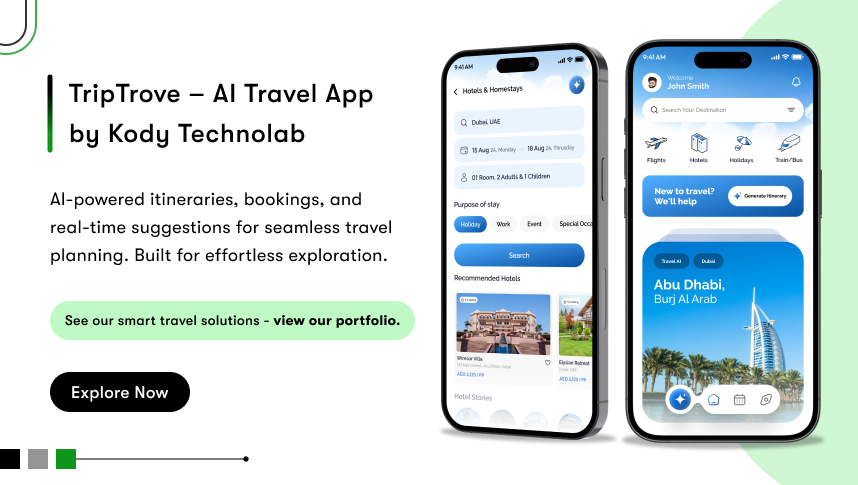
Why Investing in Flight Tracker App Development Like Flightradar24 Is Worth It?
As mentioned earlier, global passenger traffic hit 9.4 billion in 2024, surpassing pre-pandemic levels. This growth has increased the need for real-time flight tracking solutions, making flight tracker app development a smart business move. With the flight tracking system market set to reach $859.1 million by 2031, now is the right time to enter this space. But why exactly are flight tracker apps a good investment? Let’s break it down.
- Airlines & Airports Need Better Tracking – With more flights than ever, airlines and airports rely on flight tracker applications to manage air traffic, reduce delays, and improve operations.
- Travelers Expect Real-Time Updates – Passengers today want instant notifications on flight delays, gate changes, and weather disruptions. A well-built flight tracker app keeps users informed and engaged.
- Strong Revenue Potential – Apps like Flightradar24 make money through subscriptions, API licensing, ads, and in-app purchases. A feature-rich flight tracker application can generate steady income.
- Beyond Passenger Flights – Flight tracking isn’t just useful for passengers—it’s also a valuable tool for businesses. Logistics firms, private jet operators, and even military organizations use real-time tracking for cargo movement, fleet monitoring, and security operations.
- Stay Ahead in Aviation Tech – The industry is moving toward AI-powered flight tracking, predictive analytics, and automation. Investing in flight tracker app development now ensures you remain competitive in this evolving space.
With air travel at its peak and flight tracking becoming essential, now is the time to develop a flight tracker app. But what’s the process? Let’s break it down step by step.
How Does a Flight Tracker App Work? (Step-by-Step Process)
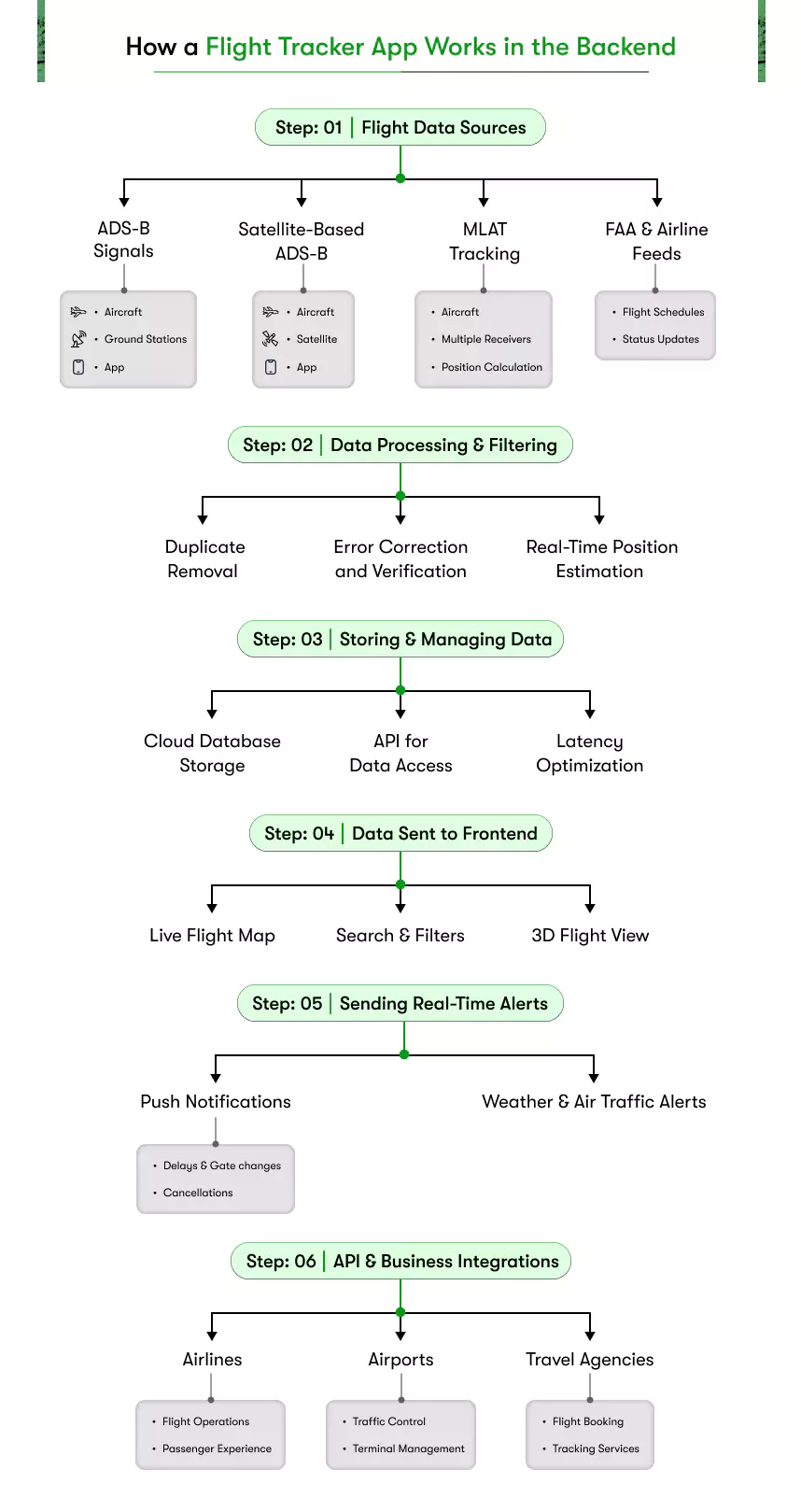
A flight tracker application functions by collecting, processing, and displaying real-time flight data from various sources. Below is a structured breakdown of how it works, from gathering data to delivering real-time updates to users.
Step 1: Collecting Flight Data
A flight tracker app gathers real-time flight information from multiple sources, ensuring accuracy and global coverage.
- ADS-B (Automatic Dependent Surveillance–Broadcast): Most modern aircraft transmit ADS-B signals containing their real-time location, altitude, speed, and heading. These signals are received by ground-based stations.
- Satellite-Based ADS-B: For flights over oceans or remote areas, satellites collect ADS-B signals and relay them to tracking systems.
- Multilateration (MLAT): Some aircraft without ADS-B can still be tracked using MLAT, which calculates their position based on the time it takes for radio signals to reach multiple receivers.
- FAA and Eurocontrol Data: Air traffic control authorities provide flight schedules, route details, and real-time operational updates.
- Airline and Airport Data Feeds: Some airlines and airports share direct flight data, enhancing accuracy for departure times, gate assignments, and delays.
Step 2: Processing and Storing Data
Once flight data is received, the backend system processes and organizes it before displaying it to users.
- Data Processing and Filtering: The system verifies incoming data, removes duplicate or incorrect entries, and ensures accurate real-time tracking. If a flight momentarily loses signal, the system estimates its position based on previous movement data.
- Cloud Storage and API Access: Processed data is stored in cloud servers, making it accessible via APIs that deliver real-time updates to the app.
- Latency Optimization: The backend optimizes data transmission speeds to minimize delays and ensure users receive accurate flight positions within seconds.
Step 3: Displaying Flight Data
The frontend of the flight tracker app presents data in a user-friendly format.
- Live Map Tracking: The app visualizes flights on an interactive map, showing real-time movements with details such as altitude, speed, and estimated arrival time.
- Search and Filters: Users can search for flights by flight number, airline, airport, or route.
- 3D Flight Visualization: Some applications offer an enhanced view, allowing users to see a three-dimensional representation of aircraft in flight.
Step 4: Sending Real-Time Updates and Notifications
A key feature of flight tracker applications is providing timely notifications and alerts.
- Push Notifications: Users receive alerts on flight delays, gate changes, cancellations, and estimated arrival times.
- Weather and Air Traffic Monitoring: Integrating weather data allows users to track disruptions that may impact flight schedules.
- Historical Flight Data and Playback: Some applications allow users to review past flights and analyze flight patterns.
Step 5: API and Business Integrations
Beyond individual users, flight tracking data is valuable for airlines, airports, and travel-related businesses.
- API Licensing: Businesses such as travel agencies, logistics companies, and airline operators integrate live flight data into their own platforms through API access.
- Enterprise Solutions: Airports and airlines use flight tracking data for operational planning, resource management, and optimizing passenger experience.
A flight tracker application works by collecting flight data, processing it through a backend system, and displaying real-time updates through an intuitive user interface. The backend infrastructure plays a crucial role in ensuring data accuracy, fast processing, and real-time notifications.
Essential Features to Include in Flight Tracker App Development
If you’re considering flight tracker mobile app development, the first step is understanding what makes a flight tracking app successful. A flight tracker application must provide real-time accuracy, smooth user experience, and advanced tracking capabilities.
Whether you’re building an app for travelers, airlines, or aviation businesses, the right set of features will define your success.
Let’s break it down.
1. Essential Features: The Core of a Flight Tracker Application
Every flight tracking app needs to cover the basics. These features make sure users get real-time flight details with minimal effort.
- Live Flight Tracking – Users should see aircraft moving on an interactive map with real-time updates on location, altitude, speed, and arrival times.
- Search & Filters – Not every user tracks flights the same way. Some search by flight number, others by route, airline, or departure/arrival airport. Give them easy filtering options.
- Airport Information – Showing live data on departures, arrivals, gate numbers, and terminal congestion keeps travelers informed.
- Flight Status Alerts – No one likes surprises when traveling. Instant notifications for delays, cancellations, or schedule changes keep users updated.
- Route Visualization – A clear flight path showing departure, waypoints, and destination enhances user experience.
- Weather Insights – Basic weather data helps travelers and aviation businesses anticipate disruptions.
These fundamental features ensure usability and reliability, forming the base of your flight tracker application development.
2. Advanced Features: What Sets Your App Apart?
Once you’ve nailed the essentials, it’s time to go beyond the basics. If you want to make an app like flightradar24, you need features that offer extra value to users.
- 3D Flight View – A premium feature that allows users to track flights in a realistic 3D space, making tracking more interactive.
- Historical Flight Data & Playback – Users can replay previous flights or analyze past routes—useful for enthusiasts and aviation businesses.
- Augmented Reality (AR) Flight Tracking – Point a smartphone at the sky, and the app shows real-time flight details of aircraft overhead.
- Integration with Airline APIs – Syncing with airlines enables users to check baggage status, boarding updates, and seat availability.
- Weather Radar & Air Traffic Monitoring – Provides detailed weather conditions, turbulence reports, and airport congestion data.
- Offline Mode – Allows users to save and access flight details without an internet connection.
These advanced features increase user engagement and differentiate your app from basic flight tracking solutions.
3. Admin Panel: The Backend That Keeps Everything Running
Behind every great flight tracker app is a strong backend system. You’ll need an admin panel that helps manage users, flights, and data accuracy.
- User Management – Monitor and control user accounts, subscriptions, and preferences.
- Flight Data Monitoring – Keep track of real-time data synchronization and detect any system issues.
- Analytics & Reporting – See which flights are tracked the most, how users interact with your app, and revenue trends.
- Push Notification Control – Manage custom alerts and system-generated flight updates for users.
- API Access & Business Licensing – If you plan to sell flight data to businesses, your admin panel should allow easy API management.
Having a well-structured backend ensures your app remains reliable and scalable.

4. Monetization Features: Turning Your App Into a Business
If you’re building a flight tracker app, profitability matters. The business model for Flightradar24 shows that flight tracking apps can generate significant revenue if monetization is done right.
Here’s how you can make your flight tracker application development profitable:
- Subscription Plans – A freemium model with basic tracking for free and premium features like 3D views and historical flight data for paid users.
- In-App Advertising – Display ads from airlines, travel booking platforms, and aviation-related brands.
- API Licensing – Sell your flight tracking data to airlines, logistics companies, and travel agencies.
- Affiliate Partnerships – Earn commissions by integrating with airline ticket booking, hotel reservations, or car rental services.
A strong monetization strategy ensures your flight tracker app is not just useful, but also financially sustainable.
Developing a flight tracker app is not just about showing planes on a map, it’s about providing accurate real-time data, smooth user experience, and smart monetization. The features you choose will determine the success of your app.
Read Also: Dynamic Pricing in Airlines : What It Is and How to Implement It
How to Develop a Flight Tracker App Like Flightradar24?
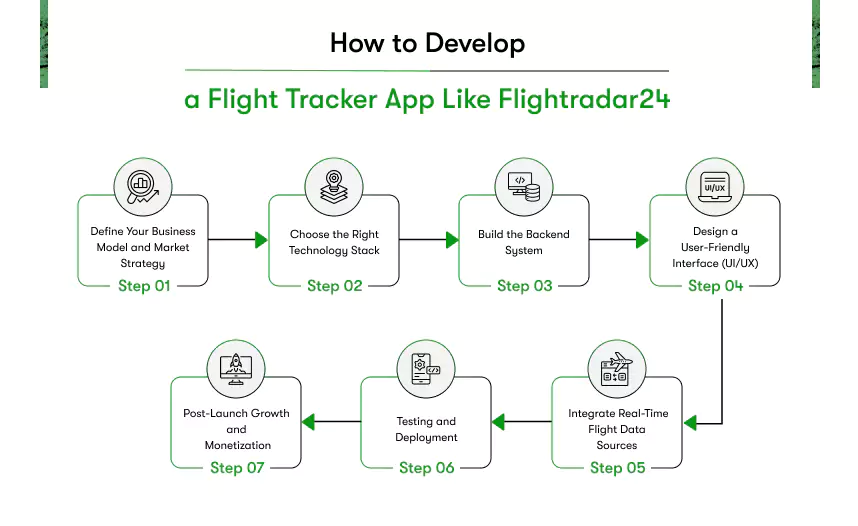
Now that you understand the key features of a flight tracker application, the next step is bringing the idea to life. But how do you develop a flight tracker app that is accurate, scalable, and profitable? The process involves choosing the right technology, integrating real-time flight data, building a robust backend, and designing an intuitive interface.
This guide outlines a step-by-step approach to flight tracker app development, ensuring your application delivers real-time tracking, seamless performance, and revenue potential.
Step 1: Define Your Business Model and Market Strategy
Before starting development, a well-defined business model and strategy are essential. Consider the following:
- Who is your target audience? Will your app cater to travelers, aviation professionals, airlines, or logistics companies?
- What value will your app provide? Will it focus on real-time tracking, flight insights, historical data, or premium analytics?
- How will you generate revenue? Will you offer subscriptions, API licensing, in-app advertising, or enterprise solutions?
Flightradar24 successfully monetized its platform through premium subscriptions, API access, and targeted ads. Defining a clear business model for Flightradar24 will help position your app for long-term growth.
Step 2: Choose the Right Technology Stack
The right technology stack ensures your flight tracker application functions with real-time accuracy, fast processing, and seamless user experience.
- Frontend Development: React Native (for cross-platform), Swift (for iOS), Kotlin (for Android)
- Backend Development: Node.js, Python, or Java for handling real-time data processing
- Database and Cloud Storage: Firebase, AWS, or Google Cloud for storing and managing flight data
- Flight Data Sources and APIs:
- ADS-B & MLAT Receivers for real-time aircraft positioning
- OpenSky, FlightAware, or FAA APIs for commercial flight tracking
- Satellite-based ADS-B for tracking flights in remote areas
- Mapping and Visualization: Google Maps API, Mapbox, or CesiumJS for 3D flight tracking
- Visualize your app through wireframing or prototyping: Once you have documented your flight tracking app features, start giving your app a shape. Wireframing or prototyping can be helpful to lay out the app features and screens that result in an intuitive experience. If you are not a designer, you must hire a UI/UX designer.
A strong technology stack ensures scalability, speed, and high data accuracy, all of which are essential for flight tracker application development.
Step 3: Build the Backend System
A flight tracker app relies heavily on its backend infrastructure to collect, process, and distribute real-time flight data.
- Data Collection and Processing: The backend system must handle continuous ADS-B signals, MLAT calculations, and satellite-based flight tracking data.
- Latency Optimization: Your backend system must process flight data within milliseconds to ensure real-time accuracy.
- Cloud Infrastructure: A scalable cloud-based architecture ensures smooth performance even when tracking thousands of flights simultaneously.
- API Management: If your app will offer API access for businesses, implementing a secure API gateway will be necessary.
A well-built backend system is the foundation of a reliable flight tracking application.
Step 4: Design a User-Friendly Interface (UI/UX Design)
A flight tracker app should be intuitive, visually appealing, and functional.
- Real-Time Flight Tracking on Maps: Users should see live aircraft movement with smooth zoom and navigation.
- Search and Filtering Options: Allow users to search for flights by flight number, airline, route, or airport.
- Push Notifications and Alerts: Instant updates for delays, gate changes, and flight cancellations.
- Customizable Display Settings: Features like dark mode, custom themes, and preferred notifications enhance user experience.
A well-designed interface keeps users engaged and ensures flight tracker app development results in a product that is both functional and marketable.
Step 5: Integrate Real-Time Flight Data Sources
A flight tracker app depends on accurate real-time data. Integrating trusted aviation data providers is crucial.
- ADS-B Exchange – A global network of ADS-B receivers providing real-time flight data.
- FlightAware API / OpenSky API – These APIs offer commercial flight tracking and historical data.
- FAA and Eurocontrol Data – Government-sourced air traffic data ensuring compliance with official aviation databases.
The success of a flight tracking application depends on reliable data sources that offer real-time accuracy and global coverage.
Step 6: Testing and Deployment
Before launching the app, comprehensive testing is required to ensure accuracy, stability, and performance.
- Accuracy Testing: The app’s flight data must match real-world flight tracking sources.
- Performance and Load Testing: The system should handle thousands of active users without lag.
- Security Testing: Protecting user data, flight logs, and API endpoints from unauthorized access.
- Battery Optimization: Efficient use of device resources to prevent excessive battery drain.
Once the app passes all testing phases, it can be deployed on iOS, Android, and web platforms.
Step 7: Post-Launch Growth and Monetization
Launching a flight tracker application is just the beginning. To sustain growth, the app must continuously evolve with new features and monetization strategies.
- Subscription-Based Model: Offer a free basic version and charge for premium features like 3D tracking and historical data playback.
- API Licensing for Businesses: Monetize real-time flight data by selling API access to airlines, travel agencies, and aviation companies.
- Advertising Partnerships: Integrate targeted ads from airlines, hotel booking services, and travel companies.
- Affiliate Marketing: Earn commissions through airline ticket bookings, hotel reservations, or car rental services integrated into the app.
A successful flight tracker app must generate consistent revenue while providing high-quality tracking services.
Developing a flight tracker application requires technical expertise, real-time data integration, and a strong business strategy. Building an app like Flightradar24 is a complex process, but with the right approach and development team, it can become a profitable venture.
How Much Does It Cost to Develop a Flight Tracker App Like Flightradar24?
Investing in flight tracker app development requires careful planning, and one of the biggest considerations is cost. How much does it take to build a flight tracker app? The answer depends on app complexity, technology choices, real-time data integration, and platform selection.
This section provides a detailed cost breakdown, helping businesses understand the investment required to develop a flight tracker application.
1. Key Factors That Influence Flight Tracker App Development Cost
Several factors impact the total cost of developing a flight tracker application:
- Feature Complexity – Basic apps are limited to real-time flight tracking, while advanced apps include AI-driven predictions, 3D tracking, and historical data analysis.
- Real-Time Flight Data Integration – APIs like FlightAware, OpenSky, and ADS-B Exchange require licensing fees.
- Backend & Cloud Infrastructure – A scalable backend with cloud storage, low-latency optimization, and API integration affects development costs.
- Platform Choice – Developing a flight tracker app for iOS, Android, and Web increases costs. Cross-platform development with Flutter reduces expenses by allowing a single codebase for multiple platforms.
- UI/UX Design – An interactive, real-time map interface with smooth navigation requires additional investment.
- AI & Predictive Analytics – Advanced apps use AI to forecast delays, detect air traffic congestion, and provide automated insights, which increases development costs. The role of AI in travel is expanding, making apps more intelligent and efficient.
2. Flight Tracker App Development Cost Breakdown
Here’s an estimated cost range based on the level of app complexity and features:
| App Type | Features Included | Estimated Cost |
| Basic Flight Tracker App | Live flight tracking, search filters, basic notifications, airport info | $20,000 – $40,000 |
| Mid-Level Flight Tracker App | Advanced search, push notifications, historical flight data, weather tracking, API integration | $40,000 – $80,000 |
| High-End Flight Tracker App with AI | AI-driven predictive analytics, 3D flight views, AR tracking, deep learning for traffic patterns | $80,000 – $150,000+ |
3. Choosing the Right Development Approach: Cost Comparisons
Businesses can choose different development approaches based on budget and scalability.
- Custom Development (Full Control, Higher Cost) – Hiring a dedicated development team allows full customization but requires a larger investment ($50,000 – $150,000+).
- Third-Party API Integration (Faster, Lower Cost) – Using APIs like FlightAware or OpenSky speeds up development but requires recurring API subscription fees ($20,000 – $50,000).
- White-Label Solutions (Quick Launch, Limited Customization) – Pre-built flight tracking apps that can be rebranded cost $15,000 – $40,000, but customization is limited.
- Cross-Platform Development with Flutter (Cost-Effective & Scalable) – Flutter allows building a single app for iOS, Android, and Web, reducing development time and costs while ensuring a seamless experience across devices.
4. Ongoing Maintenance & Scaling Costs
Beyond initial development, a flight tracker app requires ongoing maintenance, scalability improvements, and operational expenses.
- Cloud Hosting & Server Costs – AWS, Google Cloud, or Azure charges range from $500 – $5,000 per month, depending on data volume.
- API Subscription Fees – Live flight data APIs cost between $1,000 – $10,000 per month, depending on usage.
- Regular Updates & Security Enhancements – Ongoing improvements and bug fixes may require $5,000 – $20,000 annually.
- Customer Support & System Monitoring – Technical support costs can range between $2,000 – $10,000 per year.
The cost of flight tracker app development depends on app features, technology choices, and long-term goals. Flutter-based cross-platform development can significantly reduce expenses while ensuring seamless performance on multiple devices.
Beyond flight tracking, many businesses also explore flight booking app development to complement their services, integrating real-time flight tracking with direct booking capabilities.
If you’re considering building a flight tracker app, hire the best travel app development company that specializes in Flutter-based aviation tracking solutions with real-time data integration, AI-driven insights, and scalable cloud infrastructure.
Conclusion: Build Your Flight Tracker App with Kody Technolab
A flight tracker application is more than just a tool for tracking flights; it’s a business opportunity in a rapidly growing market. With air travel increasing and real-time data becoming essential, now is the right time to invest in Flight Tracker App Development.
However, developing a high-quality, scalable, and revenue-generating flight tracker app requires expertise in real-time data integration, cloud infrastructure, and seamless UI/UX design. This is where choosing the right travel app development company becomes crucial. A skilled development team ensures your flight tracker app is built with precision, offering accurate real-time tracking, a smooth user experience, and seamless performance across all devices.
At Kody Technolab Ltd, we specialize in custom flight tracker app development, providing end-to-end solutions tailored to your business goals. Our team ensures accurate real-time tracking, smooth performance, and scalable architecture to help your app stand out.

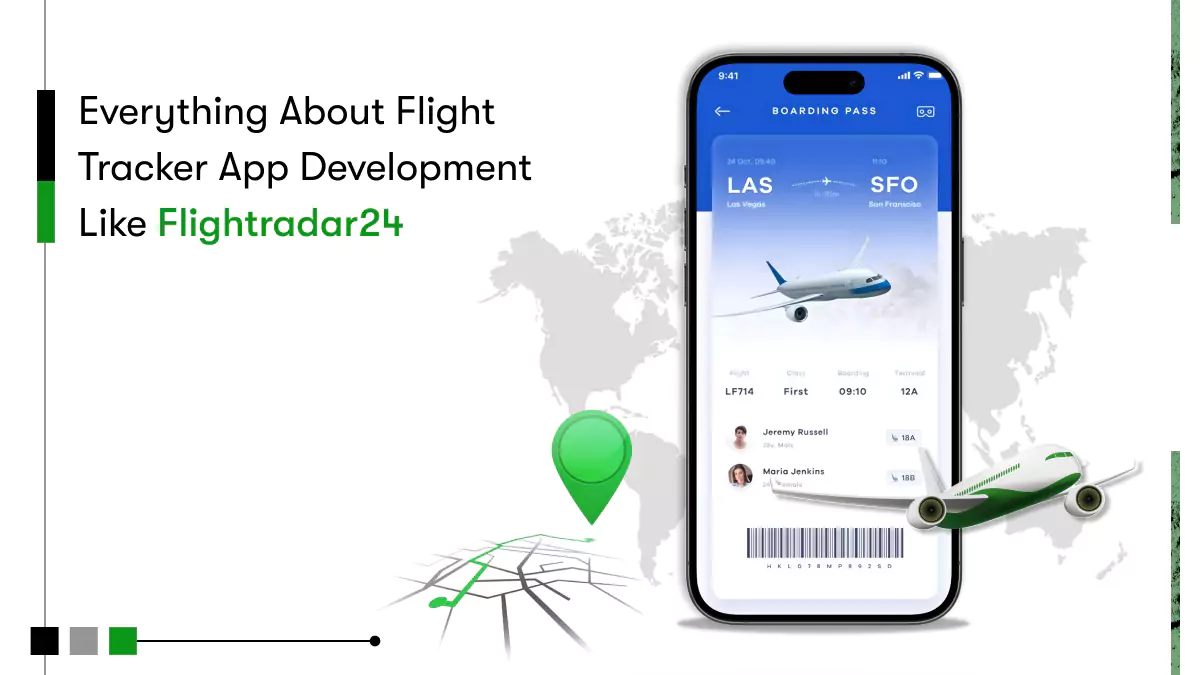
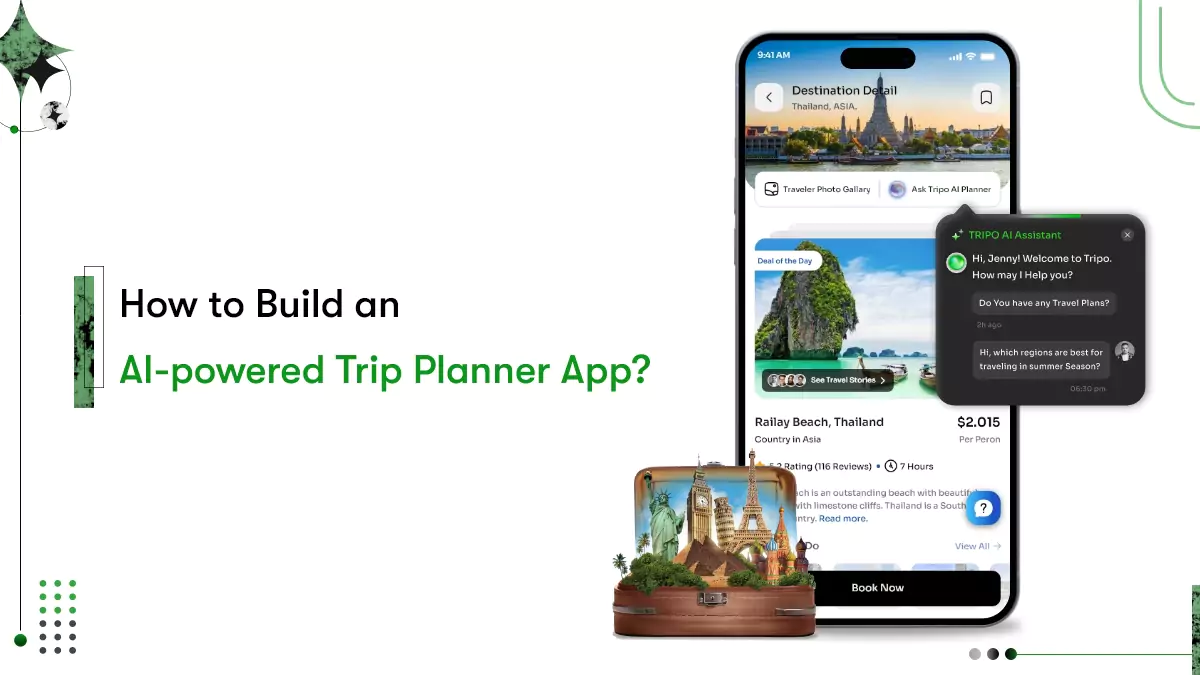
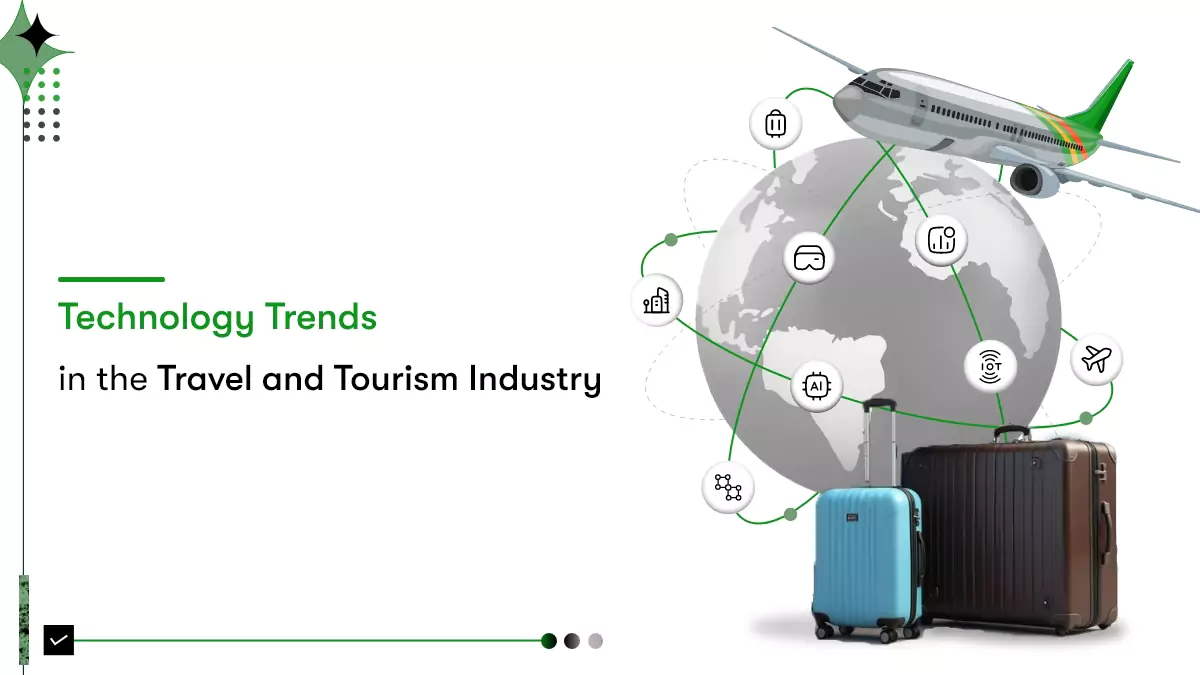

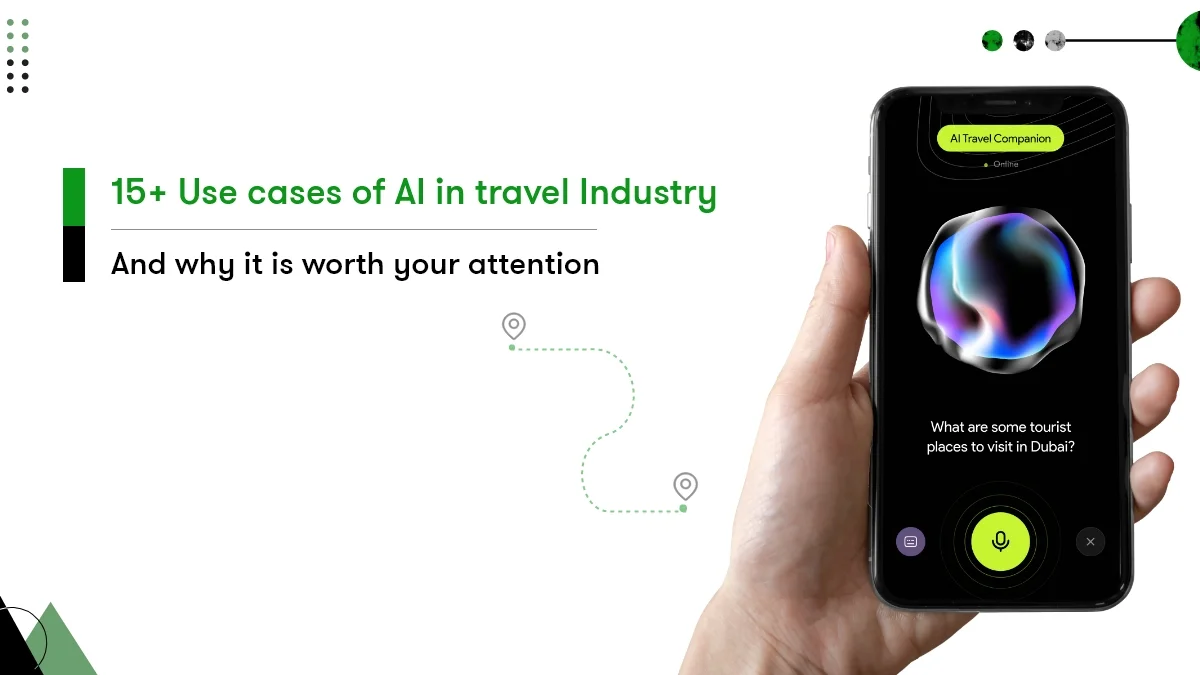
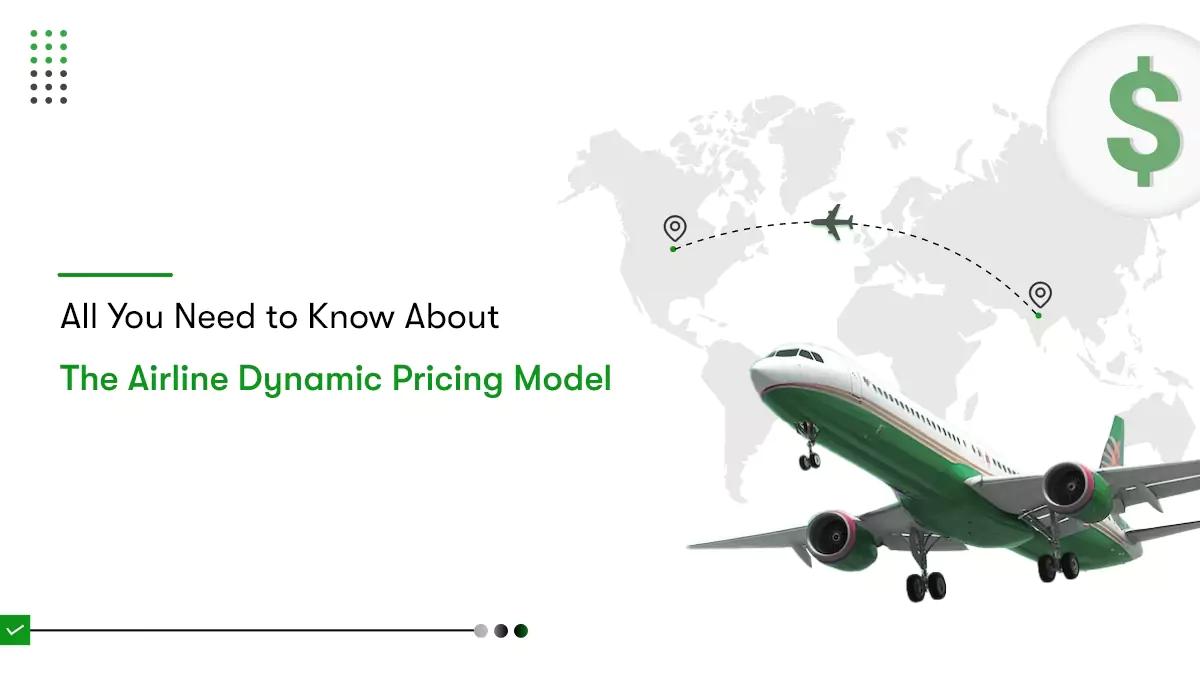






 Contact Information
Contact Information